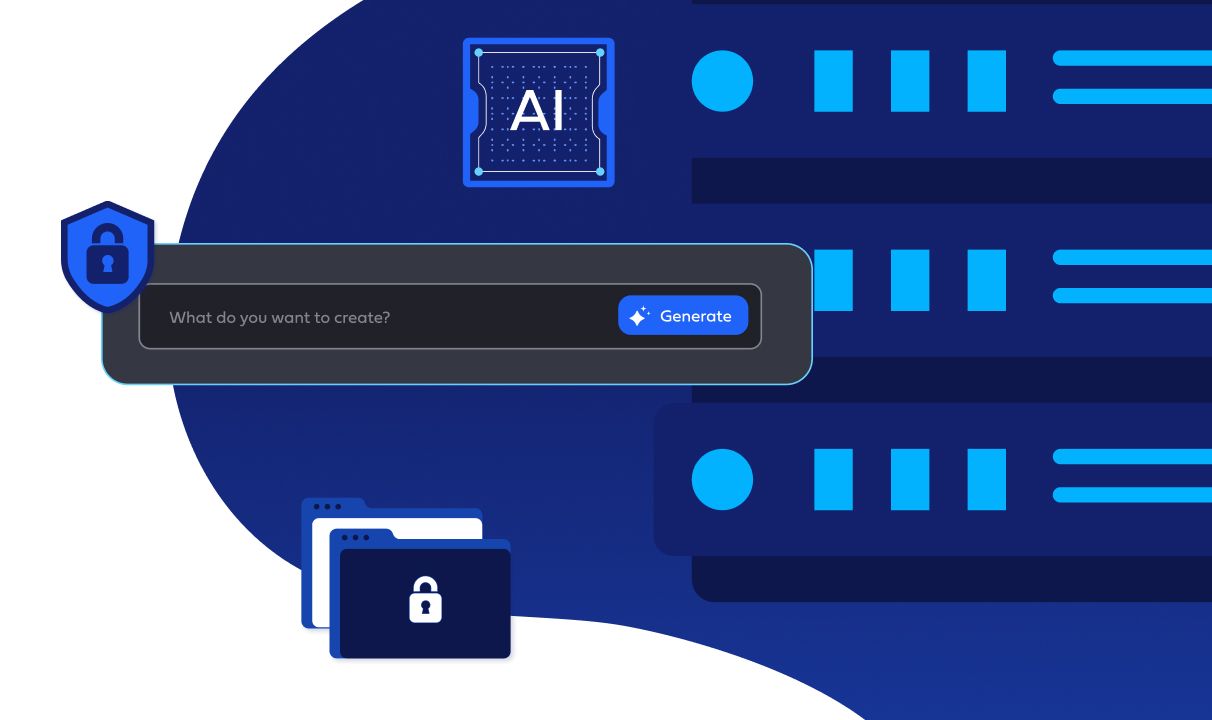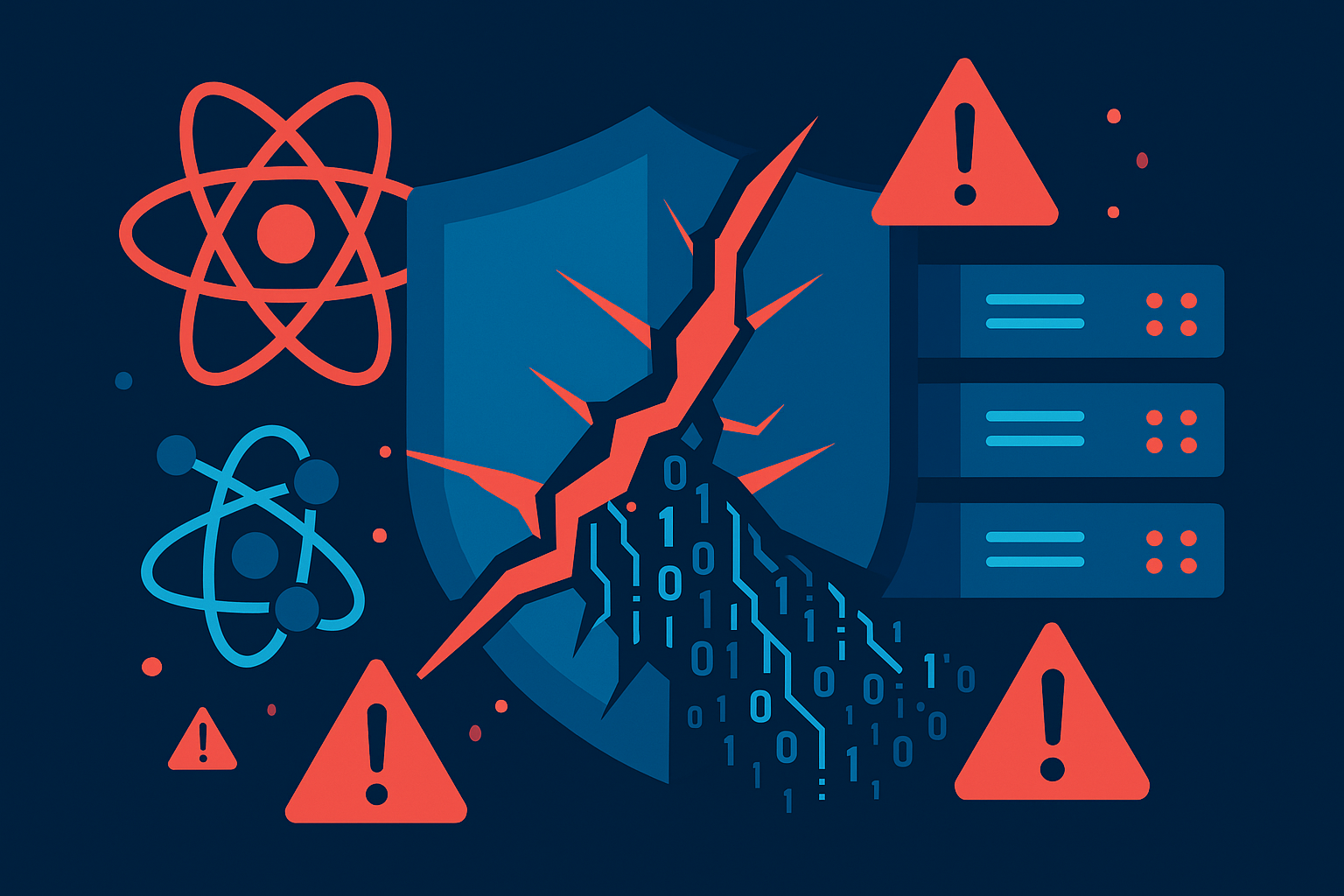Should you build or buy generative AI?

Should you build or buy generative AI?
Should You Build or Buy Generative AI?
When it comes to adopting generative AI, you can either take, shape, or make the models that meet your needs. However, it’s important to consider the amount of resources needed, particularly if you’re planning to build your own AI. Even off-the-shelf systems will require some form of modification to best fit your organization.
Building vs Buying Your Own Generative AI - Pros and Cons
Artificial Intelligence (AI) has transformed contemporary business practices, and generative AI, a subset of AI that can understand and recreate human-like content, is leading the way in revolutionizing fields such as music, literature, and the visual arts. The prominent question for organisations is whether to build or buy their own generative AI. This decision is not straightforward and depends on multiple factors like budget, skills, resources, and the unique needs of the business.
Building Your Own Generative AI
Pros
-
Customized Solution: Building your own generative AI means that you can customize the solution to meet the specific needs of your business. You have control over every bit of functionality, and it can be designed to interact seamlessly with other technology and systems you already use.
-
Intellectual Property: By building your own AI, you own the intellectual property rights, which can be a significant asset for your business in the long-term.
-
Competitive Advantage: A unique, customized AI solution that cannot be replicated by competitors can offer significant competitive advantage and serve as a differentiating factor for your business.
Cons
-
Cost: Building a generative AI model from scratch can be expensive. Not just in terms of capital cost, but also the resources and time spent in development and troubleshooting.
-
Time-consuming: It can take several months, or even years, to develop and perfect an AI model.
-
Requires Deep Expertise: Generative AI development necessitates a rare blend of skills. Hiring a team with such expertise can be challenging and expensive.
Buying a Generative AI
Pros
-
Speed: Buying an existing generative AI means you can implement the technology quickly.
-
Cost-effective: The upfront cost of buying an AI solution is typically less than building one, making it a more economical choice for businesses with tight budgets.
-
Predictable Updates & Support: Vendors typically offer ongoing support and regular updates, ensuring your business always benefits from the latest advancements.
Cons
-
Lack of Customization: Existing solutions may not meet all your specific needs and might not be compatible with other existing systems.
-
Dependence on Vendor: You are dependent on the vendor for updates, bug fixes, and any customization. This can lead to an increased cost over time.
-
Limited Differentiation: Since the same solution is available to others, it does not offer a unique competitive advantage.
In conclusion, the decision to build or buy a generative AI should be taken based on factors such as the unique needs of the business, budget, time constraints, and the technical skills of the staff. Remember, AI is an investment, and the best choice is the one that brings the greatest benefits to your business in the long run.
Adopting Generative AI
With generative AI becoming a crucial tool not just for text, images, or video applications but for an array of models and services, it’s necessary for organizations to take advantage of it in the best way possible - through building or buying. With public tools increasingly utilized for generative AI models, organizations have to set out clear policies on how to source and use these models, particularly for CIOs who want to tap into the technology’s potential with their specific terms and data.
The Take, Shape, Make Model of Generative AI
Eric Lamarre, the senior partner leading McKinsey Digital in North America, suggests a more comprehensive approach to adopting generative AI. He proposes seeing it in terms of taking, shaping, and—in very few cases—making generative AI models.
Taking Generative AI Models
Taking generative AI involves consuming it either through an API, like ChatGPT, or via another application, such as GitHub Copilot, to facilitate software acceleration when coding. Although these readily available generative AI applications may not provide a significant competitive edge, their adoption is essential to avoid competitive disadvantages.
Shaping Generative AI Models
Shaping involves leveraging existing foundational models off the shelf but retraining them with your data. This process reduces the ‘hallucination’ problem and leads to more accurate and relevant results. For instance, in a contact center scenario where applications are tailored to the company’s products, services, and the types of problems that frequently arise, a general large language model (LLM) may not be calibrated for this, but you can recalibrate it—a process known as fine-tuning—to your own data. This level of shaping or ‘shaping’ doesn’t commit you to one approach.
Making Generative AI Models
Making or building would be the most challenging option and likely a rarity, requiring more resources and sophisticated capabilities. However, with the right skills, shaping generative AI systems can deliver applications that offer competitive differentiation.
Considering Your Organizational Size and Resources
Smaller organizations might find building their own generative AI a daunting prospect, and it may be more practical to focus on automating existing manual processes and exploring new possibilities. Larger organizations with significant technology expertise may choose to fine-tune LLMs like ChatGPT rather than build their own—allowing multiple departments to experiment with different approaches and learn how to use the technology effectively.
Ensuring Data Protection and Compliance
Regardless of whether you choose to build or buy the LLM, organizations will need to consider the importance of data privacy and governance, as well as protection. Legal and compliance teams will also need to consider the impacts on workflows and outcomes and clarify their role in the use of ML and AI.
Conclusion
Whether an organization should build or buy generative AI depends on various factors, such as its size, resources, and particular needs. As the technology evolves, organizations should revisit their decisions about building or buying and benchmark how they contribute and compare to commercially available models. It’s crucial not to overlook the importance of user training and acceptance testing, ensuring that the adopted tools can be effectively used.




